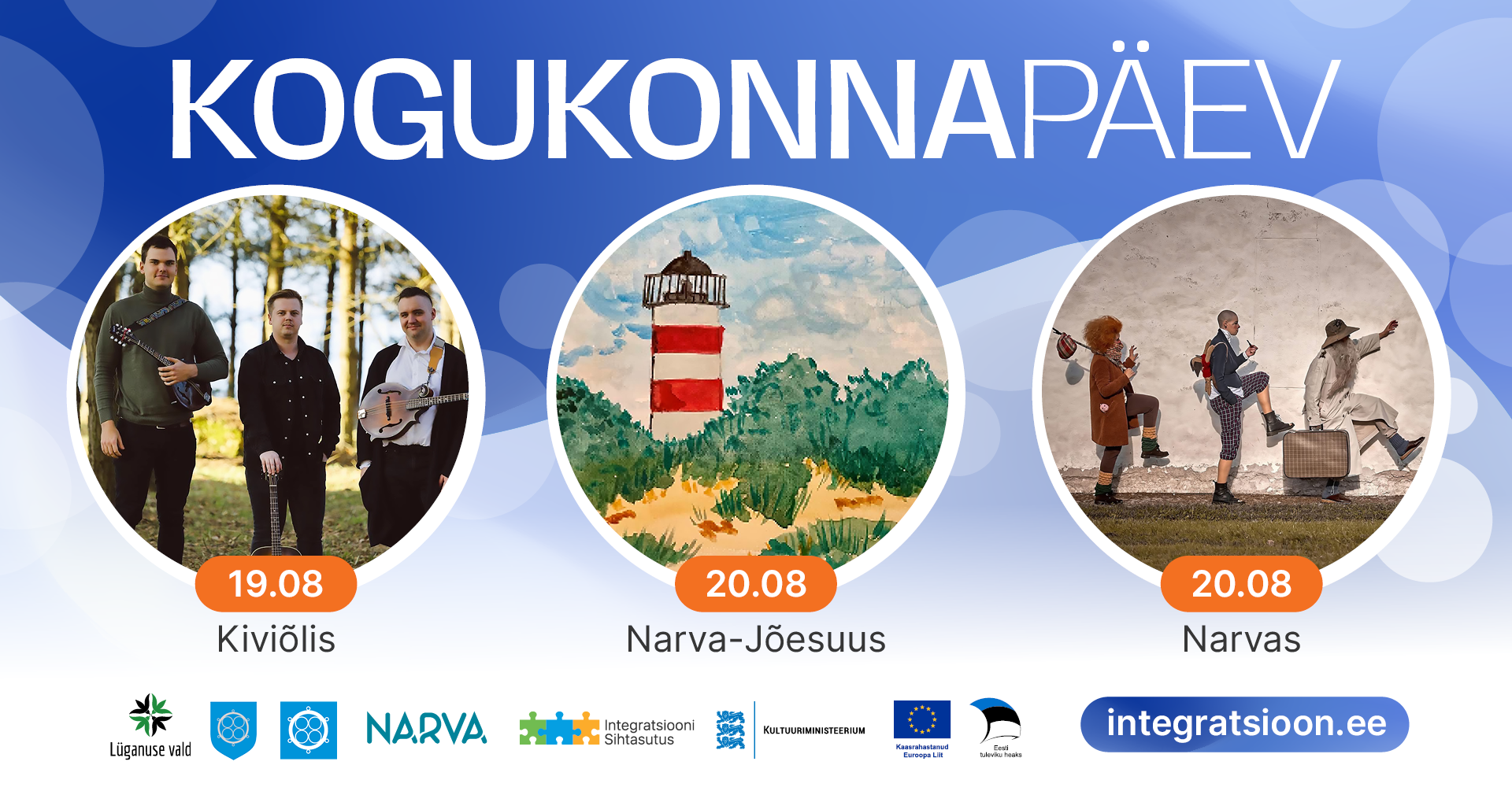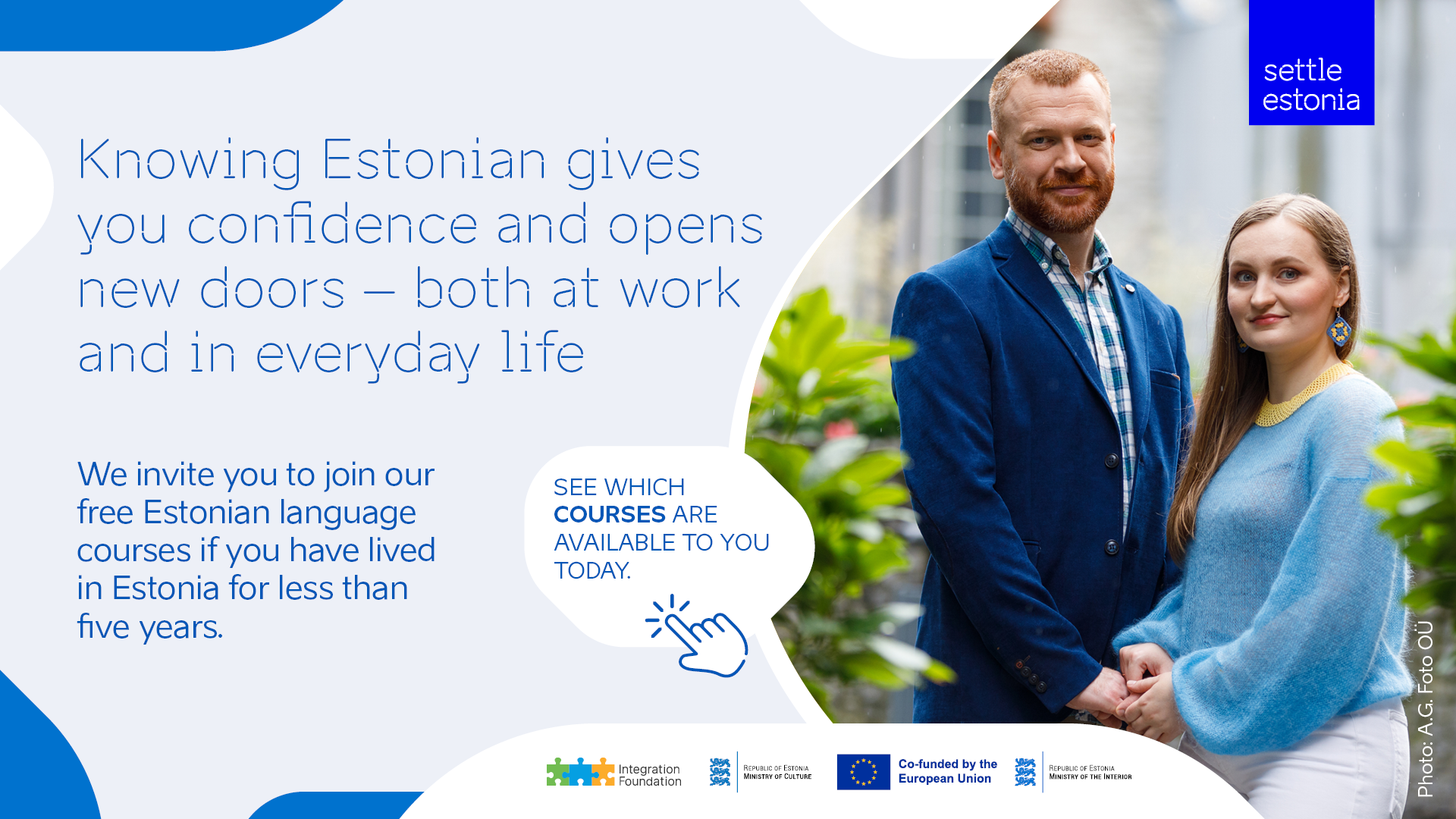The Integration Foundation invites everyone to Community Days to celebrate the restoration of Estonian independence in three cities in Ida-Viru County. On 19 August we will hold a celebration in Kiviõli and on 20 August in Narva and Narva-Jõesuu.
In celebrating of the restoration of Estonian independence, the events aim to strengthen the bonds between people, support local initiatives, and promote communication, cooperation, and the exchange of experiences. The events include a number of workshops, performances by various creative collectives and discussions on topics of importance to the region. In Kiviõli, for example, in addition to the cultural programme, there will also be a discussion on the reconstruction of the Õunapuu park, in Narva-Jõesuu there will be engaging performances and master classes, and in Narva singing together and having a feast will create a festive atmosphere – there will be a big communal food table where everyone can feel part of a large community.
‘Our events allow everyone to remember that the strength of our region lies in the people – in supporting each other, in dialogue, and in collaboration. We want to create a space where everyone can feel a sense of worth and belonging,’ said Anna Farafonova, Head of Estonian Language House at the Integration Foundation. ‘It’s events like these that help create a stronger sense of community and bring people closer together,’ she added.
According to Jevgeni Timoštšuk, Project Manager of Community Activities in Ida-Viru County at the Integration Foundation, there will be activities for both children and adults. ‘Be sure to come and bring your family, friends, and a good mood! Let’s spend a nice day together, get to know each other, and enjoy being together,’ he invited everyone.
The event is one of the regional activities organised by the Estonian Language House of the Integration Foundation in Ida-Viru County within the framework of the EU Cohesion Policy measure ‘Supporting community activities that promote integration’.
PROGRAMME:
19 August 2025 at 6 p.m. to 9.30 p.m. in Kiviõli Õunapuu park.
• Presentation and discussion of the Õunapuu park project
• Lüganuse Kapell
• MandoTrio
• Pizza baking workshop
• Master classes and workshops
20 August 2025 at 12 p.m. to 3 p.m. by the Narva-Jõesuu lighthouse
• Performances by creative collectives
• Pizza baking workshop
• Master classes and workshops
• Sing-along with Piret Aus
20 August 2025 at 2 p.m. to 5 p.m. in the Narva Rugodivi Community Centre Park.
• Performances by creative collectives
• Master classes and workshops
• Sing-along with Piret Aus and the Estonian Language House Tandem Choir
• Outdoors festive board



